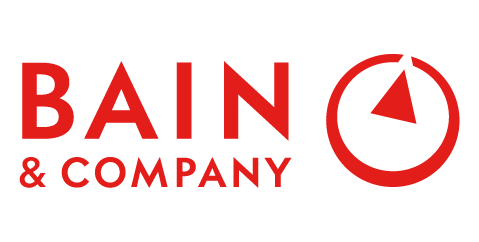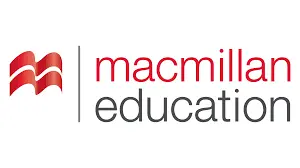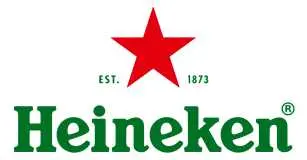
Brazil Coffee Beans Market Growth, Trends, Share, Size, Revenue, Challenges and Future Strategies
Brazil Coffee Beans Market Size- By Type, By Application- Regional Outlook, Competitive Strategies and Segment Forecast to 2032
| Published: Mar-2023 | Report ID: FOOD2323 | Pages: 1 - 104 | Formats*: |
| Category : Food & Beverages | |||
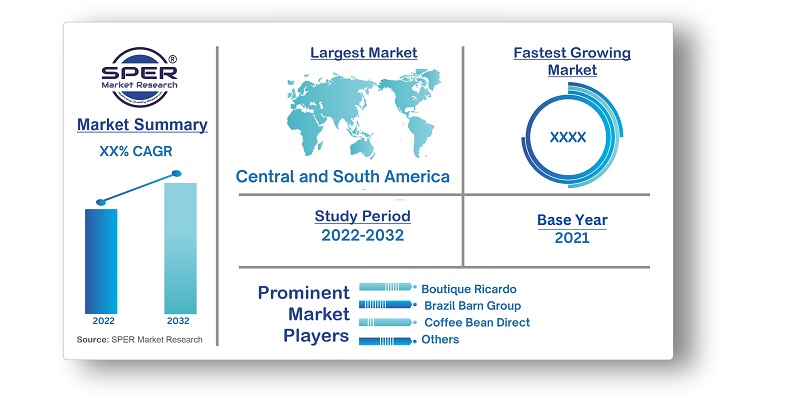
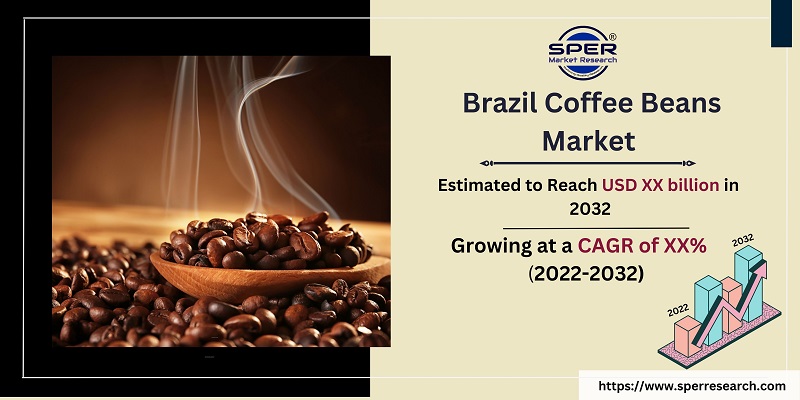
| Report Metric | Details |
| Market size available for years | 2019-2032 |
| Base year considered | 2021 |
| Forecast period | 2022-2032 |
| Segments covered | By Type, By Application. |
| Regions covered | North, Northeast, Central-West, Southeast, Southeast, South |
| Companies Covered | Boutique Ricardo, Brazil Barn Group, Coffee Bean Direct, Delta Coffee, Fresh Roasted Coffee, Peet’s Coffee, Pilao, Volcania Coffee. |
- Cafe and Restaurant
- Homebrewers
- Officers and Workplaces
- Speciality Food Stores
- Arabica
- Robusta
- Others
- Commodity
- Pharmaceutical
- North
- Northeast
- Central-West
- Southeast
- South
- Brazil Coffee Beans Market Size (FY’2019-FY’2032)
- Overview of Brazil Coffee Beans Market
- Segmentation of Brazil Coffee Beans Market By Type (Arabica, Robusta, Others)
- Segmentation of Brazil Coffee Beans Market By Application (Commodity, Pharmaceutical, Others)
- Statistical Snap of Brazil Coffee Beans Market
- Growth Analysis of Brazil Coffee Beans Market
- Problems and Challenges in Brazil Coffee Beans Market
- Competitive Landscape in the Brazil Coffee Beans Market
- Impact of COVID-19 and Demonetization on Brazil Coffee Beans Market
- Details on Recent Investment in Brazil Coffee Beans Market
- Competitive Analysis of Brazil Coffee Beans Market
- Key Players in the Brazil Coffee Beans Market
- SWOT Analysis of Brazil Coffee Beans Market
- Brazil Coffee Beans Market Future Outlook and Projections (FY’2019-FY’2032)
- Recommendations from Analyst
1.1. Scope of the report1.2. Market segment analysis
2.1 Research data source2.1.1 Secondary data2.1.2 Primary data2.1.3 SPER’s internal database2.1.4 Premium insight from KOL’s2.2 Market size estimation2.2.1 Top-down and Bottom-up approach2.3 Data triangulation
4.1. Driver, Restraint, Opportunity and Challenges analysis4.1.1 Drivers4.1.2 Restraints4.1.3 Opportunities4.1.4 Challenges4.2. COVID-19 Impacts of the Brazil Coffee Beans Market
5.1. SWOT analysis5.1.1 Strengths5.1.2 Weaknesses5.1.3 Opportunities5.1.4 Threats5.2. PESTEL analysis5.2.1 Political landscape5.2.2 Economic landscape5.2.3 Social landscape5.2.4 Technological landscape5.2.5 Environmental landscape5.2.6 Legal landscape5.3. PORTER’S five forces analysis5.3.1 Bargaining power of suppliers5.3.2 Bargaining power of Buyers5.3.3 Threat of Substitute5.3.4 Threat of new entrant5.3.5 Competitive rivalry5.4. Heat map analysis
6.1 Brazil Coffee Beans Manufacturing Base Distribution, Sales Area, Product Type6.2 Mergers & Acquisitions, Partnerships, Product Launch, and Collaboration in Brazil Coffee Beans Market
7.1 Arabica7.2 Robusta7.3 Others
8.1 Commodity8.2 Pharmaceutical8.3 Others
9.1 Brazil Coffee Beans Size and Market Share by Region (2019-2025)9.2 Brazil Coffee Beans Size and Market Share by Region (2026-2032)9.3 North9.4 Northeast9.5 Central-West9.6 Southeast9.7 South
10.1 Boutique Ricardo10.1.1 Company details10.1.2 Financial outlook10.1.3 Product summary10.1.4 Recent developments10.2 Brazil Barn Group10.2.1 Company details10.2.2 Financial outlook10.2.3 Product summary10.2.4 Recent developments10.3 Coffee Bean Direct10.3.1 Company details10.3.2 Financial outlook10.3.3 Product summary10.3.4 Recent developments10.4 Delta Coffee10.4.1 Company details10.4.2 Financial outlook10.4.3 Product summary10.4.4 Recent developments10.5 Fresh Roasted Coffee10.5.1 Company details10.5.2 Financial outlook10.5.3 Product summary10.5.4 Recent developments10.6 Peet’s Coffee10.6.1 Company details10.6.2 Financial outlook10.6.3 Product summary10.6.4 Recent developments10.7 Pilao10.7.1 Company details10.7.2 Financial outlook10.7.3 Product summary10.7.4 Recent development10.8 Volcania Coffee10.8.1 Company details10.8.2 Financial outlook10.8.3 Product summary10.8.4 Recent developments
SPER Market Research’s methodology uses great emphasis on primary research to ensure that the market intelligence insights are up to date, reliable and accurate. Primary interviews are done with players involved in each phase of a supply chain to analyze the market forecasting. The secondary research method is used to help you fully understand how the future markets and the spending patterns look likes.
The report is based on in-depth qualitative and quantitative analysis of the Product Market. The quantitative analysis involves the application of various projection and sampling techniques. The qualitative analysis involves primary interviews, surveys, and vendor briefings. The data gathered as a result of these processes are validated through experts opinion. Our research methodology entails an ideal mixture of primary and secondary initiatives.
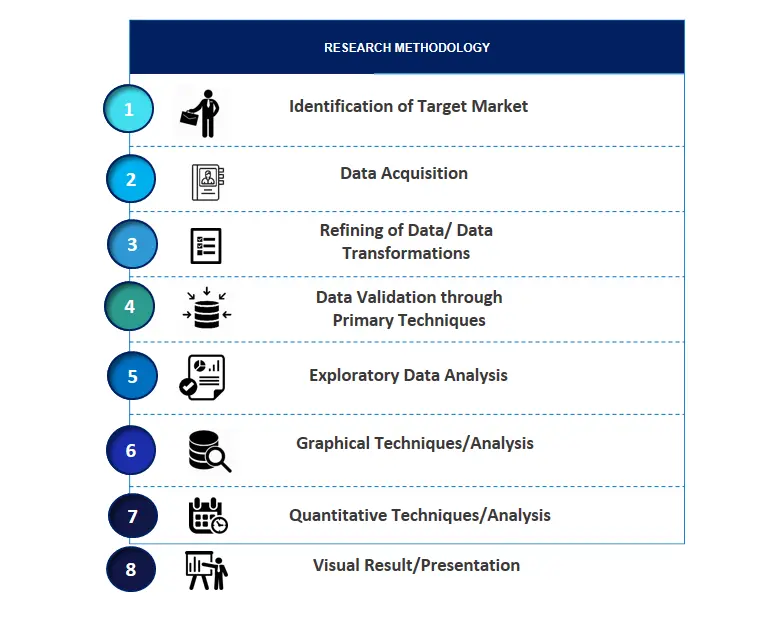
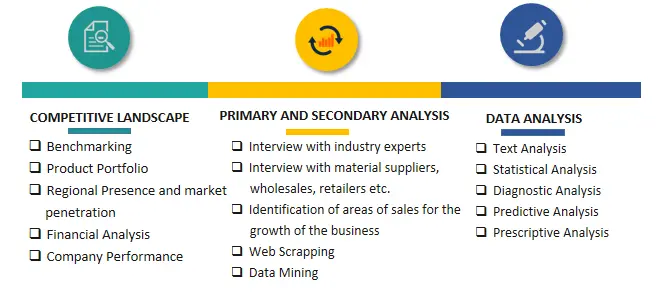

Frequently Asked Questions About This Report
PLACE AN ORDER
Year End Discount
Sample Report
Pre-Purchase Inquiry
NEED CUSTOMIZATION?
Request CustomizationCALL OR EMAIL US
100% Secure Payment






Related Reports
Our Global Clients
Our data-driven insights have influenced the strategy of 200+ reputed companies across the globe.







